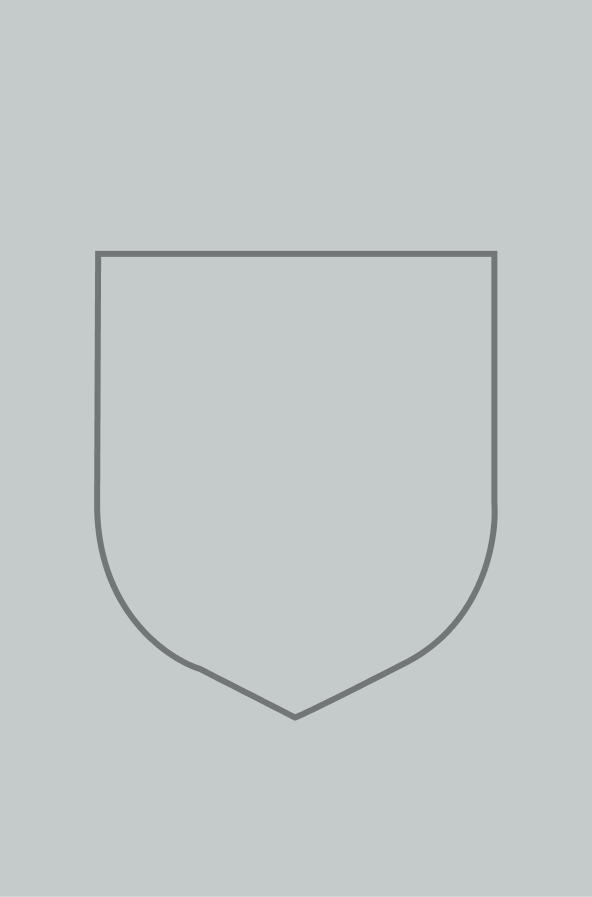Quantum Mechanics for Nanostructures
The properties of new nanoscale materials, their fabrication and applications, as well as the operational principles of nanodevices and systems, are solely determined by quantum-mechanical laws and principles. This textbook introduces engineers to quantum mechanics and the world of nanostructures, enabling them to apply the theories to numerous nanostructure problems. The textbook covers the fundamentals of quantum mechanics, including uncertainty relations, the Schrödinger equation, perturbation theory, and tunneling. These are then applied to a quantum dot, the smallest artificial atom, and compared to hydrogen, the smallest atom in nature. Nanoscale objects with higher dimensionality, such as quantum wires and quantum wells, are introduced, as well as nanoscale materials and nanodevices. Numerous examples throughout the text help students to understand the material.
- Introduces engineers to the principles of quantum mechanics, the building blocks of nanoelectronics and nanoscience
- Covers the fundamentals of quantum mechanics, including uncertainty relations, the Schrödinger equation, perturbation theory, and tunneling
- Quantum-mechanical theories are illustrated with numerous examples of nanostructures
Product details
May 2010Hardback
9780521763660
448 pages
252 × 195 × 25 mm
1.12kg
158 b/w illus. 90 exercises
Available



